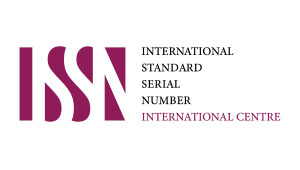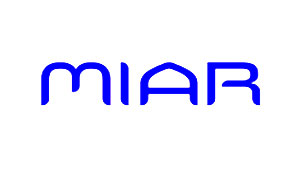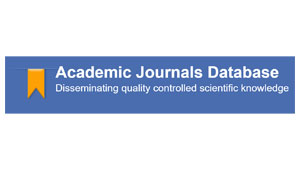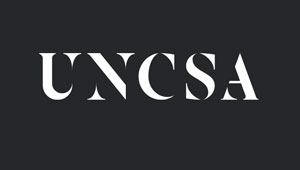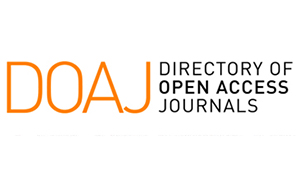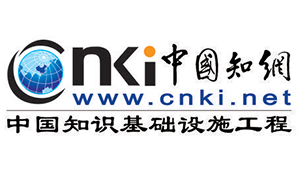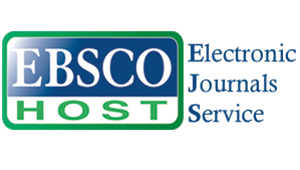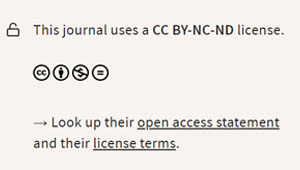Nancy Rosalia Salomé Montero, Elizabeth Alejandra Pantoja Alania, Carmen Consuelo Salomé Montero, Lira Nélida Salomé Montero, Anderson Miguel Gallardo Povis
DOI: 10.59427/rcli/2023/v23cs.2694-2700
In a hybrid education, where students develop their learning activities synchronously and asynchronously; through different media such as: WhatApp and virtual platforms. We can state that the latest national and international studies affirm that the inverted classroom as a didactic model has had an impact on teaching due to the effective productions that are developed through videos, images, ppt, audios, information and knowledge that is imparted in real time to students in classroom spaces and homes; allowing autonomous and collaborative learning. The objective of this systematic review and the literature of the state of the art was to investigate, study, analyze and inform us what the impact of the inverted class brings with it on the achievements of the students’ competencies, allowing the detailed study with a bibliometric nature from indexed articles located in prestigious magazines and recognized for the seriousness presented in the dissemination of information arrived from the years 2017 to 2021 This article presents a quantitative approach of descriptive character, in the same way, the use of hermeneutics has allowed us the interprestation, understanding and explanation of literature, statistics and compilation. The main findings are significant because they present very significant results in the search for educational quality and a holistic education for the achievement of competencies, and it is concluded by asserting that educational institutions at all levels should put into practice, apply and execute this model by acquiring commitments, agreements that contribute to the development of skills, abilities, capacities and the development of higher thinking such as creativity and reflection of the students.
Pág 2694-2700, 08 Nov

